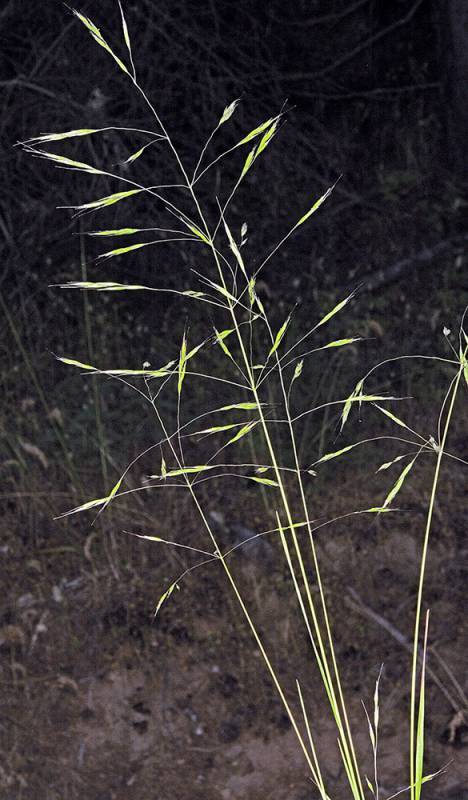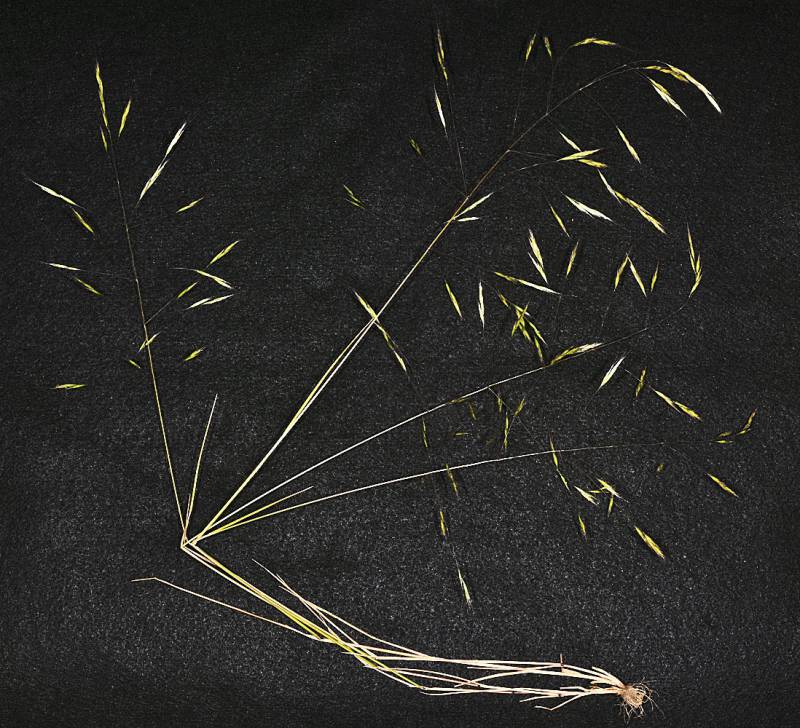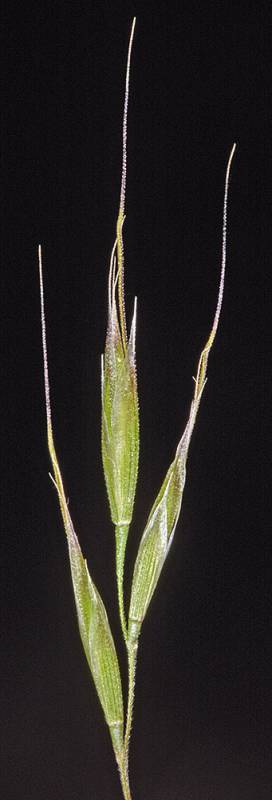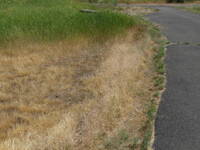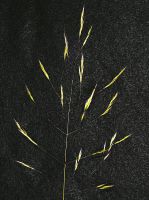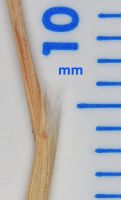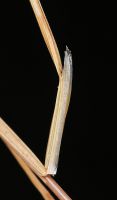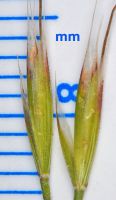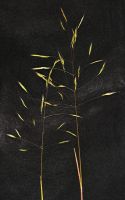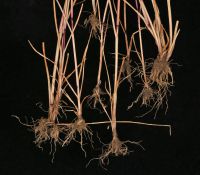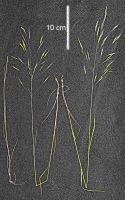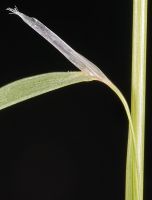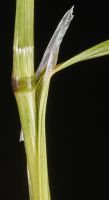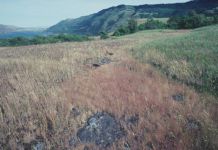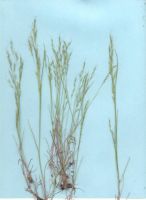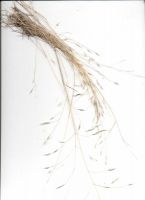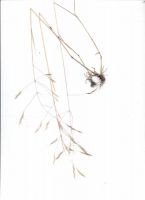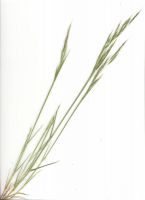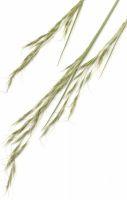Distribution: Occurring on both sides of the Cascades crest in Washington; British Columbia to California, east to the Rocky Mountains; also in eastern North America.
Habitat: Roadsides, pastures, crop land, and other disturbed sites.
Flowers: May-July
Origin: Introduced from Eurasia and northern Africa
Growth Duration: Annual
Conservation Status: Not of concern
Pollination: Wind
Annual with hollow stems, branched from the base.
Sheaths open; leaf blades flat but becoming involute, 1-3 mm. broad, glabrous above and scabrous below; ligules 1-8 mm. long, membranous, glabrous, obtuse and lacerate.
Inflorescence an open panicle 1-4 dm. long, the branches spreading to drooping; spikelets usually 3-flowered, articulate above the glumes; glumes sometimes awn-tipped, the first 5-6.5 mm. long, 6-or7-nerved, the second 7-9 mm. long, 8- or 9-nerved; first lemma exceeding the glumes, awned from the acuminate tip, the awn 1-2 mm. long; upper lemmas with bristle-like teeth 1.5-2 mm. long and with a dorsal, twisted awn 10-16 mm. long.
Caryopsis
Publication: Expl. Sci. Algérie 2: 104. 1855.
Ventenata avenacea Koel., superfluous renaming (illegitimate)
PNW Herbaria: Specimen records of Ventenata dubia in the Consortium of Pacific Northwest Herbaria database
WA Flora Checklist: Ventenata dubia checklist entry
OregonFlora: Ventenata dubia information
E-Flora BC: Ventenata dubia atlas page
CalPhotos: Ventenata dubia photos

